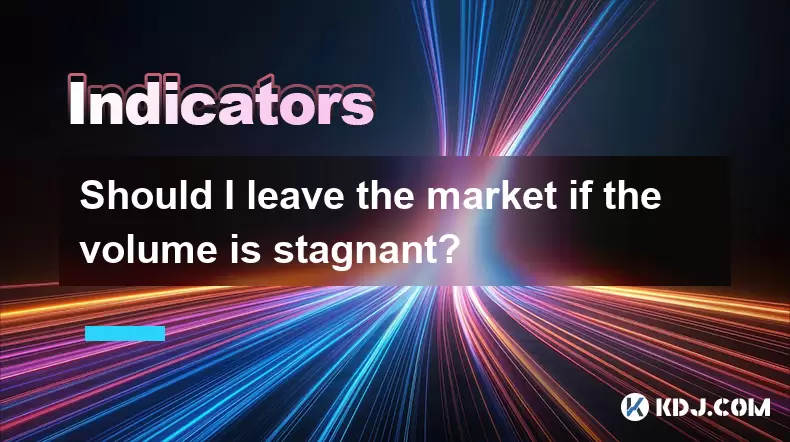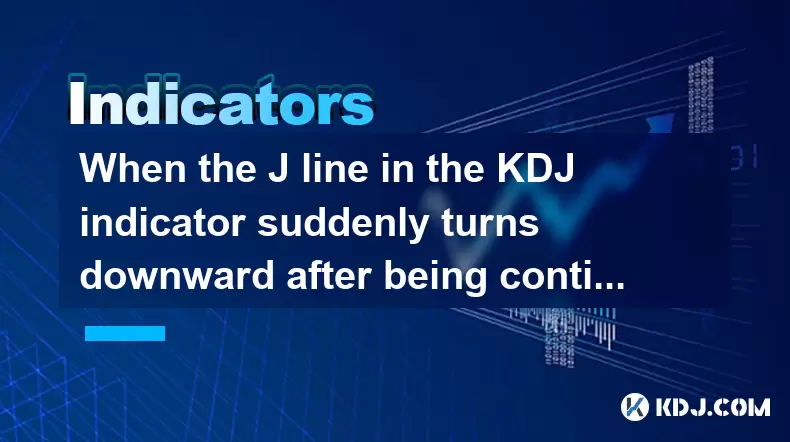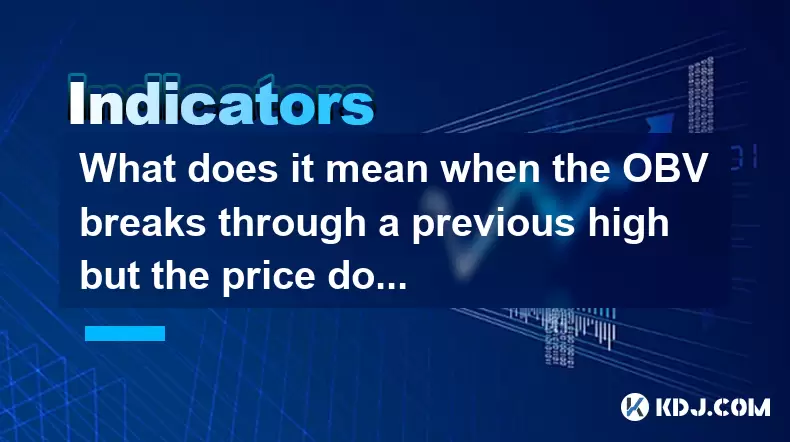-
 Bitcoin
Bitcoin $116700
0.24% -
 Ethereum
Ethereum $3973
4.34% -
 XRP
XRP $3.283
7.68% -
 Tether USDt
Tether USDt $1.000
0.01% -
 BNB
BNB $789.8
2.27% -
 Solana
Solana $176.2
3.31% -
 USDC
USDC $0.9999
0.00% -
 Dogecoin
Dogecoin $0.2238
5.14% -
 TRON
TRON $0.3389
-0.51% -
 Cardano
Cardano $0.7907
4.03% -
 Stellar
Stellar $0.4527
10.02% -
 Hyperliquid
Hyperliquid $41.07
4.27% -
 Sui
Sui $3.794
1.77% -
 Chainlink
Chainlink $19.49
10.40% -
 Bitcoin Cash
Bitcoin Cash $580.9
0.74% -
 Hedera
Hedera $0.2617
4.32% -
 Avalanche
Avalanche $23.41
3.67% -
 Ethena USDe
Ethena USDe $1.001
-0.03% -
 Litecoin
Litecoin $122.4
1.38% -
 Toncoin
Toncoin $3.364
1.49% -
 UNUS SED LEO
UNUS SED LEO $8.988
0.37% -
 Shiba Inu
Shiba Inu $0.00001295
2.82% -
 Uniswap
Uniswap $10.62
5.75% -
 Polkadot
Polkadot $3.922
4.46% -
 Dai
Dai $1.000
0.01% -
 Bitget Token
Bitget Token $4.494
2.15% -
 Monero
Monero $268.0
-1.30% -
 Cronos
Cronos $0.1523
3.68% -
 Pepe
Pepe $0.00001127
4.43% -
 Aave
Aave $285.4
4.85%
Should I leave the market if the volume is stagnant?
Stagnant volume in crypto can signal low interest; analyze historical data and market conditions before deciding to exit or hold your position.
Jun 02, 2025 at 01:21 am

When it comes to the cryptocurrency market, volume plays a crucial role in determining the health and potential direction of a particular asset. If you're facing a situation where the volume is stagnant, it's important to analyze the situation thoroughly before making any decisions about leaving the market. Let's delve into what stagnant volume means, why it happens, and how you should respond.
Understanding Stagnant Volume in Cryptocurrency
Stagnant volume in the context of cryptocurrencies refers to a period where the trading volume of a particular asset remains consistently low over an extended period. This can indicate a lack of interest from traders and investors, which might signal a lack of confidence in the asset's future performance. However, it's essential to understand that stagnant volume does not always mean you should immediately exit the market.
Why Does Volume Become Stagnant?
Several factors can contribute to stagnant volume in the cryptocurrency market. One common reason is a lack of new developments or news related to the asset. If there are no significant updates, partnerships, or technological advancements, traders might lose interest, leading to reduced trading activity. Additionally, market sentiment can play a significant role. If the overall sentiment towards the cryptocurrency market is negative, it can lead to reduced trading volumes across various assets.
Analyzing Stagnant Volume: What to Look For
When you encounter stagnant volume, it's crucial to perform a thorough analysis before deciding your next steps. Start by examining the historical volume data of the asset. Compare the current volume levels to previous periods to determine if the current stagnation is an anomaly or part of a longer-term trend. Next, consider the overall market conditions. Are other cryptocurrencies experiencing similar volume stagnation, or is it isolated to the specific asset you're holding?
Should You Leave the Market?
The decision to leave the market when facing stagnant volume depends on various factors. If your analysis shows that the stagnant volume is likely to persist due to a lack of fundamental developments and poor market sentiment, it might be wise to consider exiting your position. However, if you believe that the asset has strong fundamentals and that the stagnant volume is a temporary lull, it might be better to hold onto your position.
Strategies for Dealing with Stagnant Volume
If you decide not to leave the market immediately, there are several strategies you can employ to navigate the situation. One approach is to diversify your portfolio. By spreading your investments across different cryptocurrencies, you can mitigate the risk associated with stagnant volume in a single asset. Another strategy is to set stop-loss orders. This can help you limit potential losses if the asset's price drops significantly due to continued low volume.
Monitoring and Reassessing Your Position
Continuous monitoring and reassessment are crucial when dealing with stagnant volume. Keep an eye on news and developments related to the asset and the broader cryptocurrency market. If new positive developments emerge, they could reignite interest and increase trading volume. Additionally, regularly reassess your investment thesis. If the reasons you initially invested in the asset no longer hold, it might be time to reconsider your position.
Technical Analysis and Stagnant Volume
Technical analysis can be a valuable tool when dealing with stagnant volume. Look at technical indicators such as moving averages, relative strength index (RSI), and volume oscillators to gain insights into the asset's potential future movements. For instance, if the RSI indicates that the asset is oversold despite stagnant volume, it might suggest a potential buying opportunity.
Emotional Discipline and Decision Making
Maintaining emotional discipline is crucial when dealing with stagnant volume. It's easy to become anxious or impatient when trading volumes remain low, but making decisions based on emotions can lead to poor outcomes. Stick to your investment strategy and only make changes based on thorough analysis and rational decision-making.
Frequently Asked Questions
Q: Can stagnant volume be a sign of an upcoming price increase?
A: While stagnant volume can sometimes precede a significant price movement, it is not a reliable indicator on its own. It's essential to consider other factors such as market sentiment, news, and technical indicators to determine the potential for a price increase.
Q: How long should I wait before deciding to leave the market due to stagnant volume?
A: The duration you should wait depends on your investment strategy and risk tolerance. Some investors might wait a few weeks to a few months, while others might have a shorter or longer timeframe. Regularly reassess the situation and make decisions based on your analysis.
Q: Is it better to hold through periods of stagnant volume or to trade more actively?
A: This depends on your trading style and investment goals. Long-term investors might choose to hold through periods of stagnant volume if they believe in the asset's fundamentals. Active traders might look for other opportunities or employ strategies like scalping to capitalize on small price movements.
Q: Can stagnant volume be a sign of market manipulation?
A: While it's possible that stagnant volume could be influenced by market manipulation, it's not the only factor. It's important to look at the broader context and consider other indicators of potential manipulation, such as unusual price movements and patterns in order books.
Disclaimer:info@kdj.com
The information provided is not trading advice. kdj.com does not assume any responsibility for any investments made based on the information provided in this article. Cryptocurrencies are highly volatile and it is highly recommended that you invest with caution after thorough research!
If you believe that the content used on this website infringes your copyright, please contact us immediately (info@kdj.com) and we will delete it promptly.
- Navigating the Crypto Market in 2025: Smart Decisions for the Meme Supercycle
- 2025-08-09 08:50:12
- DeFi, Tokenized Stocks, and NFTs: A Wild Ride in the Crypto Cosmos
- 2025-08-09 08:30:11
- AERO Price Skyrockets: Aerodrome Finance Sees Massive Surge Amid Coinbase Buzz
- 2025-08-09 08:55:19
- Coinbase, Cosmos, and dYdX: Navigating the Crypto Currents
- 2025-08-09 06:30:16
- BNB Price, Altcoins, and Predictions: What's the Buzz?
- 2025-08-09 06:30:16
- Crypto Presale Projects Primed for Gains in 2025: A New Yorker's Take
- 2025-08-09 06:50:15
Related knowledge

What does it mean when the Williams' oscillator repeatedly hits bottoms but fails to rebound?
Aug 09,2025 at 09:28am
Understanding the Williams %R OscillatorThe Williams %R oscillator, developed by Larry Williams, is a momentum indicator used in technical analysis to...

When the J line in the KDJ indicator suddenly turns downward after being continuously overbought, does it indicate a top?
Aug 09,2025 at 06:35am
Understanding the KDJ Indicator and Its ComponentsThe KDJ indicator is a momentum oscillator widely used in cryptocurrency technical analysis to ident...

What does it mean when the TRIX indicator suddenly diverges downward after a long period of convergence?
Aug 09,2025 at 12:56am
Understanding the TRIX Indicator in Cryptocurrency TradingThe TRIX indicator, or Triple Exponential Average, is a momentum oscillator used in technica...

What does it mean when the OBV breaks through a previous high but the price doesn't reach a new high?
Aug 09,2025 at 07:57am
Understanding the On-Balance Volume (OBV) IndicatorThe On-Balance Volume (OBV) is a technical analysis indicator that uses volume flow to predict chan...

Why is the rise limited after a MACD bottoming divergence?
Aug 09,2025 at 12:07am
Understanding MACD Bottoming Divergence in Cryptocurrency TradingThe MACD (Moving Average Convergence Divergence) is a widely used technical indicator...

What does it mean when the OBV continues to rise but the price is trading sideways?
Aug 08,2025 at 10:35pm
Understanding On-Balance Volume (OBV)On-Balance Volume (OBV) is a technical indicator that uses volume flow to predict changes in stock or cryptocurre...

What does it mean when the Williams' oscillator repeatedly hits bottoms but fails to rebound?
Aug 09,2025 at 09:28am
Understanding the Williams %R OscillatorThe Williams %R oscillator, developed by Larry Williams, is a momentum indicator used in technical analysis to...

When the J line in the KDJ indicator suddenly turns downward after being continuously overbought, does it indicate a top?
Aug 09,2025 at 06:35am
Understanding the KDJ Indicator and Its ComponentsThe KDJ indicator is a momentum oscillator widely used in cryptocurrency technical analysis to ident...

What does it mean when the TRIX indicator suddenly diverges downward after a long period of convergence?
Aug 09,2025 at 12:56am
Understanding the TRIX Indicator in Cryptocurrency TradingThe TRIX indicator, or Triple Exponential Average, is a momentum oscillator used in technica...

What does it mean when the OBV breaks through a previous high but the price doesn't reach a new high?
Aug 09,2025 at 07:57am
Understanding the On-Balance Volume (OBV) IndicatorThe On-Balance Volume (OBV) is a technical analysis indicator that uses volume flow to predict chan...

Why is the rise limited after a MACD bottoming divergence?
Aug 09,2025 at 12:07am
Understanding MACD Bottoming Divergence in Cryptocurrency TradingThe MACD (Moving Average Convergence Divergence) is a widely used technical indicator...

What does it mean when the OBV continues to rise but the price is trading sideways?
Aug 08,2025 at 10:35pm
Understanding On-Balance Volume (OBV)On-Balance Volume (OBV) is a technical indicator that uses volume flow to predict changes in stock or cryptocurre...
See all articles

























































































